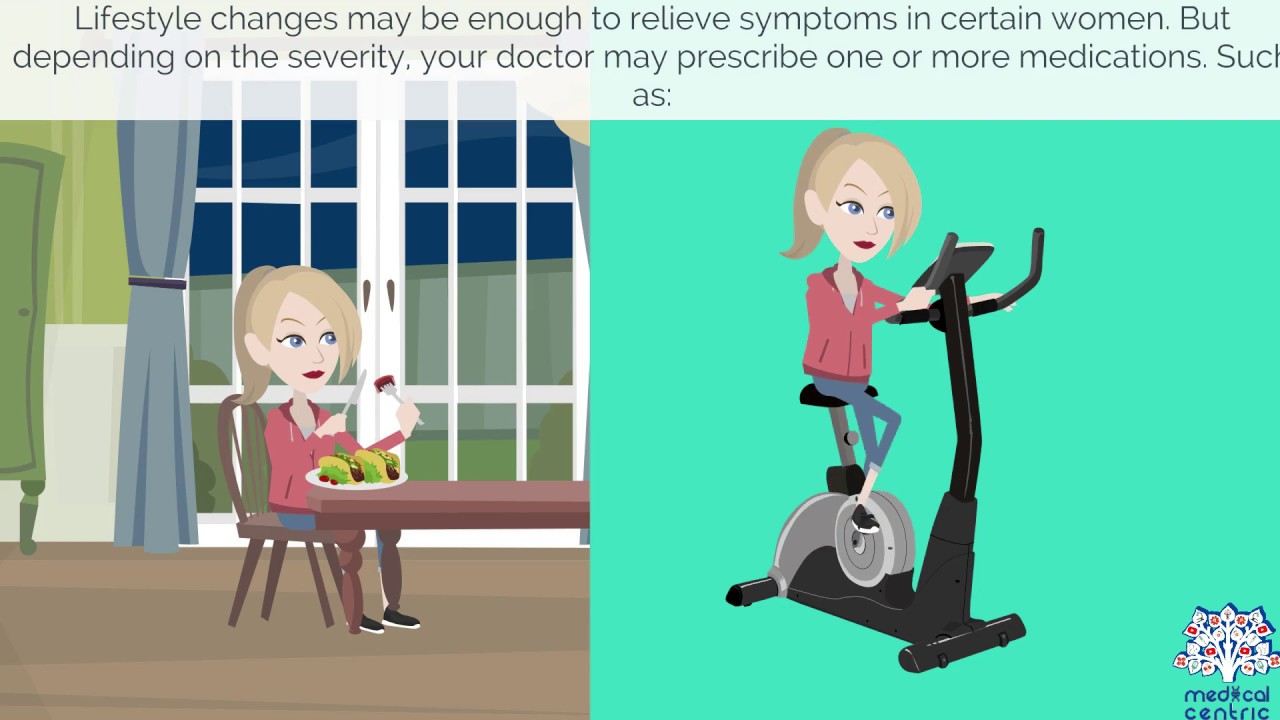
Premenstrual syndrome (PMS) refers to physical and emotional symptoms that occur in the one to two weeks before a woman’s period.Symptoms often vary between women and resolve around the start of bleeding.Common symptoms include acne, tender breasts, bloating, feeling tired, irritability, and mood changes.Often symptoms are present for around six days.A woman’s pattern of symptoms may change over time.Symptoms do not occur during pregnancy or following menopause.
Diagnosis requires a consistent pattern of emotional and physical symptoms occurring after ovulation and before menstruation to a degree that interferes with normal life.Emotional symptoms must not be present during the initial part of the menstrual cycle.A daily list of symptoms over a few months may help in diagnosis. Other disorders that cause similar symptoms need to be excluded before a diagnosis is made.
The cause of PMS is unknown.Some symptoms may be worsened by a high-salt diet, alcohol, or caffeine.The underlying mechanism is believed to involve changes in hormone levels. Reducing salt, caffeine, and stress along with increasing exercise is typically all that is recommended in those with mild symptoms.Calcium and vitamin D supplementation may be useful in some.Anti-inflammatory drugs such as naproxen may help with physical symptoms.In those with more significant symptoms birth control pills or the diuretic spironolactone may be useful.